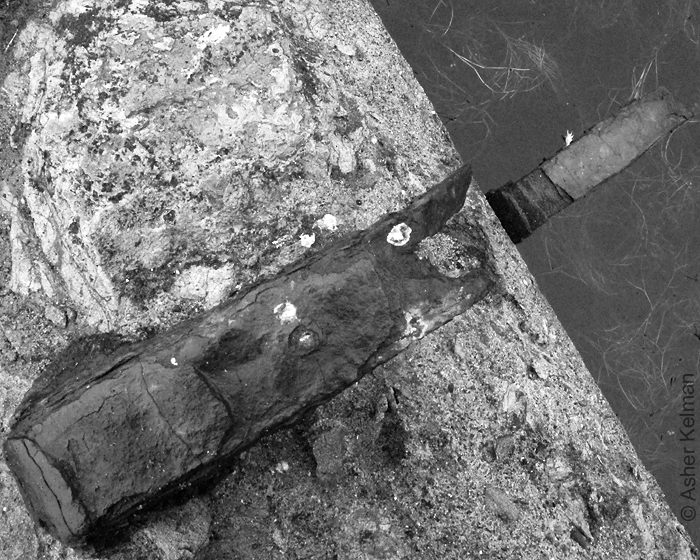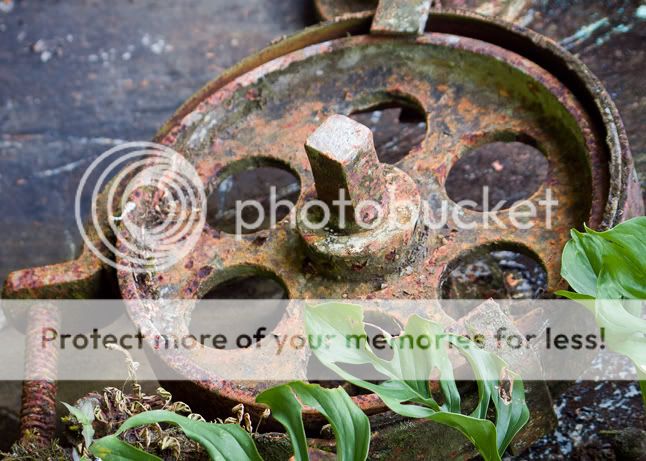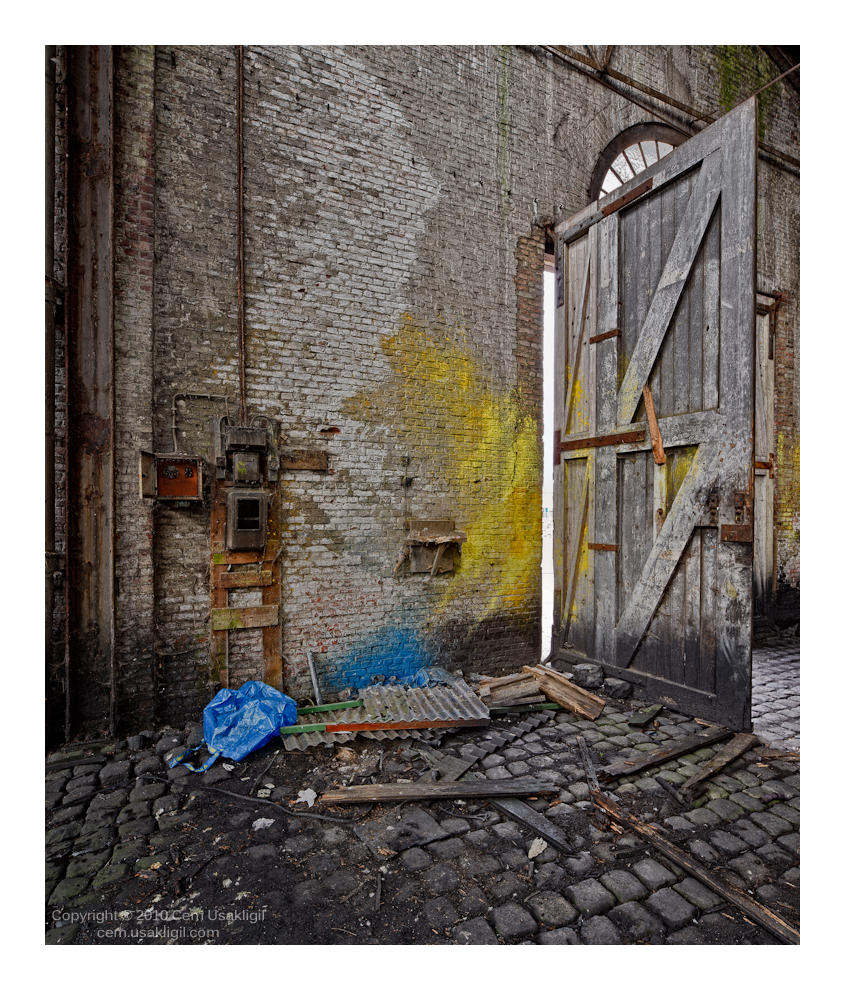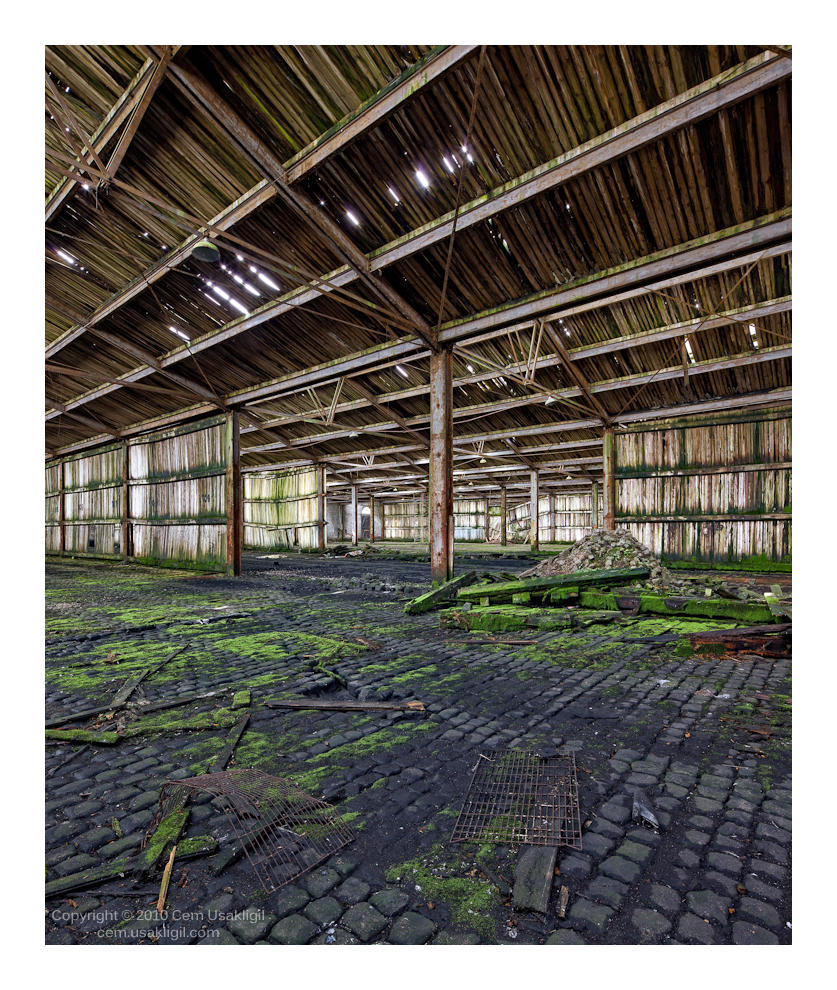Asher Kelman
OPF Owner/Editor-in-Chief


Last edited:



YES!Let's go ahead!



In most cases, I think not. (There could certainly be exceptions.)Do you think that rust can be adequately and equally shown in B&W too and be so impressive?
Do you think that rust can be adequately and equally shown in B&W too and be so impressive?
Do you think that rust can be adequately and equally shown in B&W too and be so impressive?
This one almost didn't qualify, yet ...

Cheers,
Bart
I wonder whether showing the forms just in B&W can also really do them justice.
Asher

Do you think that rust can be adequately and equally shown in B&W too and be so impressive?
Asher
It is always a pleasure to see one of your pictures, especially when it is a 6x6 film one. I really like how the tilting of the lens (or was it the Rollei back which, if I understood correctly, can be tilted for a few degrees?) focuses our attention vertically. Very nice indeed.This one almost didn't qualify, yet ...

As usual, I am in full agreement. The warm yellow tone of the whites really set the scene for my imagination. I think of a house near the sea at around dusk, a salty breeze blowing and the air is alive with the calls of the seagulls. One can open the garden gate (which is normally secured by this very link) and get to the beach across the dunes. It would not work that way if it was BW.Hi Asher,
My position on the use of Black and White is probably known. I only use B&W when the color takes away from the composition, and since I compose in color, that will rarely be the case. In my book B&W rarely improves a picture (e.g. make a bad picture good), but color can be counterproductive (e.g. distract).
B&W also requires a different use of light, creating either a rich tonescale where the nuances of bright and dark make a nice composition, or a harsh contrast to simplify or even create shapes.
In my image my intention was to show that white isn't white, and use simple shapes that are easily overlooked. I used the limited DOF (using a tilted lens on my Rollei SL-66) to get the focus where needed, thus trying to float/isolate the subject from its surroundings. The 'white isn't white' requires color.
Hi Bart,
It is always a pleasure to see one of your pictures, especially when it is a 6x6 film one. I really like how the tilting of the lens (or was it the Rollei back which, if I understood correctly, can be tilted for a few degrees?) focuses our attention vertically. Very nice indeed.
Stunning images, Stuart.
Stunning images, Stuart.



A couple more from the seaside.

The harbour wall at Whitehaven.

Low tide at Ravenglass
Regards,
Stuart
Just couldn't stay away from this thread.
Lots of stone and rust here:

This is probably stretching the topic a little, as it is no rust from iron or steel, but corrosion from other metal(s):
Asher my friend, are you teasing me about B&W?Both so impressive. Also I'd wager, they's be great in B&W too!
Asher
